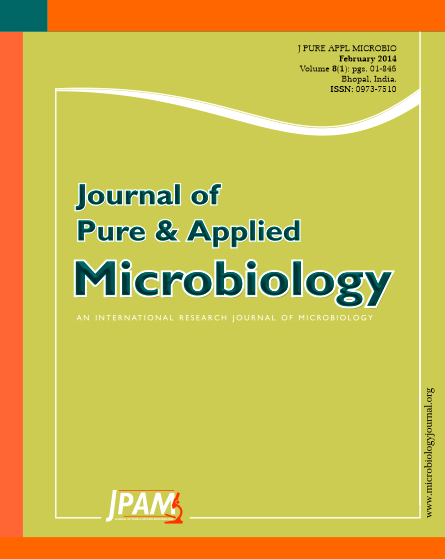Apple peels contain various pigments responsible for the red color. Among which are the phenolic pigments including anthocyanin, flavonols, and proantho cyanidins. Phenolics are important components of cider and potentially affect the metabolism of Oenococcus oeni. The capability of O. oeni to interact with phenolic pigments extracted from apple peels was investigated. Phenolic pigments were extracted from apple peels using acidified methanol, then mixed with cultures of O. oeni. By using reversed phase C18 HPLC, several peaks at 318 nm corresponding to flavonols were detected in cell-free supernatants at retention times between 2 to 35 min. As a result of bacterial treatment, one of the flavonols peak at retention time of 14.06 was reduced in concentration from 130 µg/µl to 111 µg/µl, indicating a considerable bacterial removal of the pigment from the extract. This observation was confirmed by Transmission electron microscopy which showed that O oeni is capable of pigment absorption, thereby affecting the color of apple peels pigment extract. The growth of O. oeni PsuI in the presence of phenolic pigments was investigated and it was found that their presence enhanced the bacterial growth by 1.68 fold increase.
O. oeni PsuI , Phenolic pigments, HPLC, TEM, Flavonols
© The Author(s) 2014. Open Access. This article is distributed under the terms of the Creative Commons Attribution 4.0 International License which permits unrestricted use, sharing, distribution, and reproduction in any medium, provided you give appropriate credit to the original author(s) and the source, provide a link to the Creative Commons license, and indicate if changes were made.


